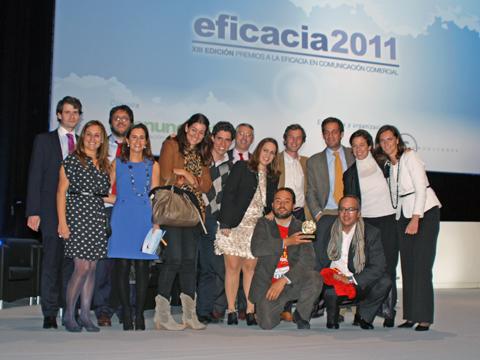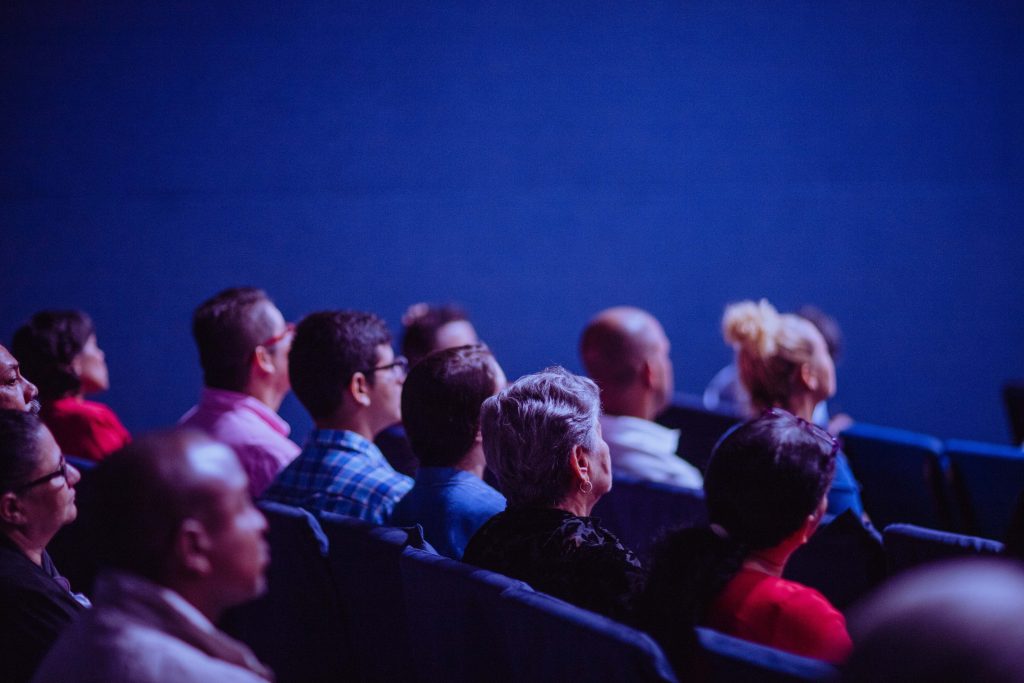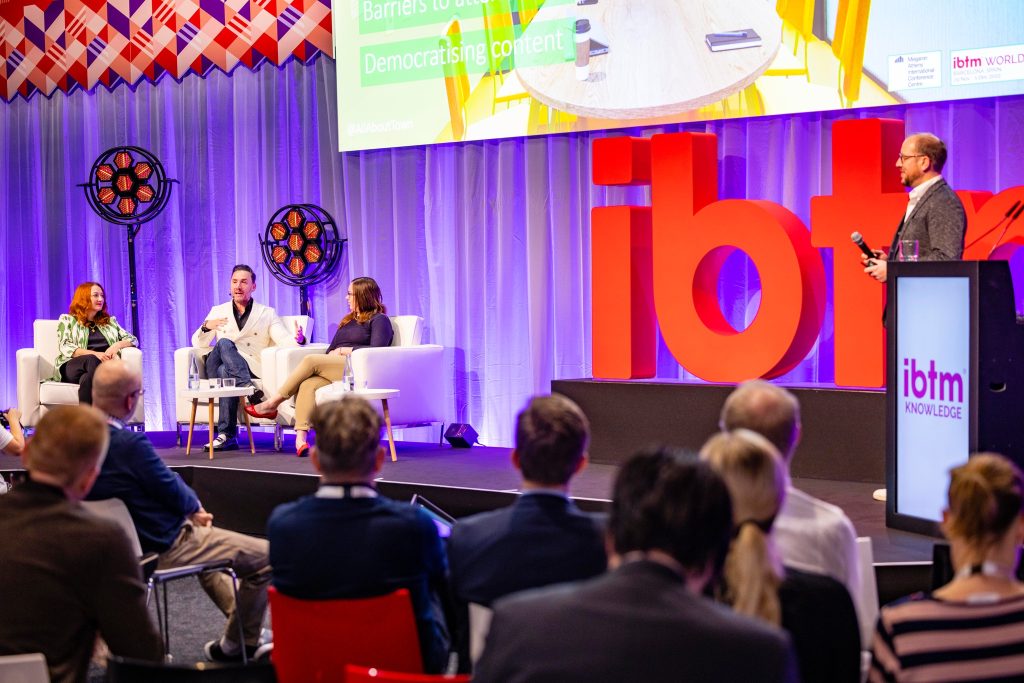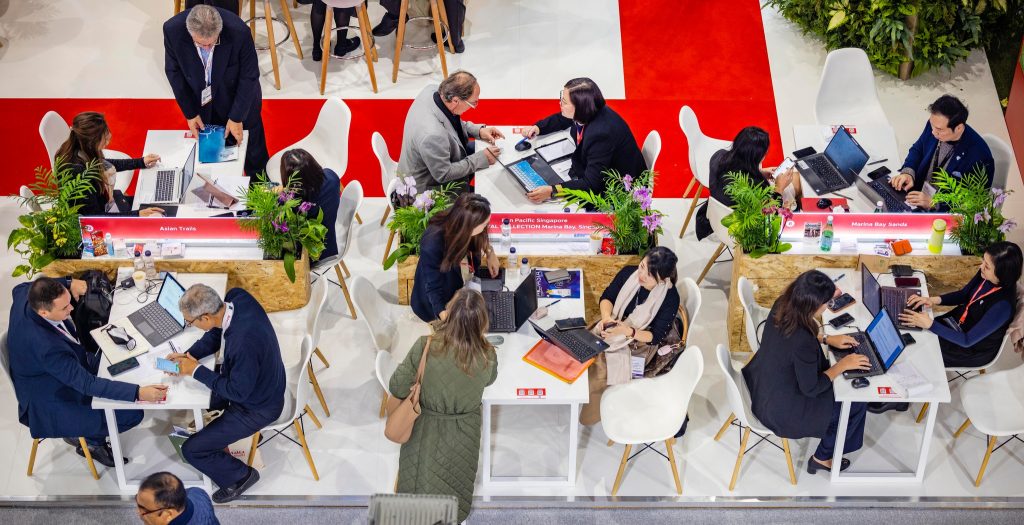Five lessons of WYD to better communicate your event

Share news
Listen
– Each target group and each message requires a different spokesman, and “the key is to adapt to the audience, not vice versa ,” according to the authors. In this regard, young people handled web and social networks while institutional figures took care of press conferences. We have here an example of how the event has to use its participants more interested, more faithful, to explain the experience of attending, something sadly underdone in our industry. Do not forget that your guests are your best communicators or salespeople!
– “Style is most important part of the message.” All interventions of the WYD team should underline the event as lively and vital. To ensure clarity and consistency in communication style, the team created the “ABC” of communication of this event : ABC as Amical (Friendly) , B as Brújula (Compass – clarity of priorities in a maelstrom of modern activity) and C for Creative, following an innovative approach to religion they wanted to impart. An interesting example of defining a communication line simple and clear, for the whole team…
– Adapt content to different formats to generate pre-event interest: for example they adapted the writings of Benedict XVI in a Tweeter style. Think through what content your event has and how to use it to generate discussion, interest, before the event.
– Beware of controversy. Few events have been so subject to controversy, in a delicate social and political context (change of government, economic crisis, 15-M movement…) . Any communication is a risk, journalists and social networks are quick to remove the words (not always in context) and generate controversy . Without further assessment of who is right, we see the delicate aspect of public communication. In fact, in the age of participation, criticism can come from the same community, in this case for the selected song.
– Encourage true participation in networks. It was obviously a vital point for an event as community-oriented. The book explains how the WYD encouraged all to participate in many competitions and invitations: to review , select your favorite words of the Pope, upload photos, vote for the song of the event… It was decided to build on existing networks rather than create a new , something that is probably true for any event (rather than creating a private forum , leverage existing networks and think well what groups , what interactions can be stimulated) . But in a world where networks are often used in a way as a communication channel, it is important to think about encouraging participation rather than just spread your corporate message…










